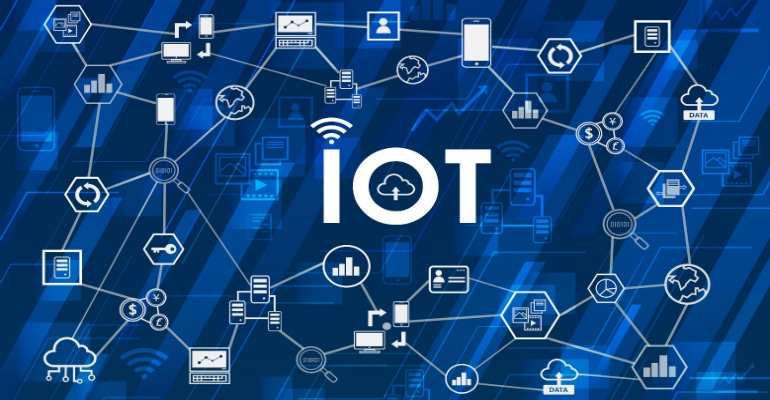More organizations than ever are incorporating IoT-connected technologies into their operations, and solution providers are being called upon to design and manage edge compute sites to draw critical insights from this distributed data.
July 18, 2018

By Larry Hann
Transformational technologies such as the internet of things and artificial intelligence (AI) are gaining traction across all industries, and a wave of change is gripping the IT channel. My view: Solution providers who fail to support digital business will soon lack the expertise customers require. They’ll face significant revenue loss within a mere two to three years.
One place there is opportunity to gain ground: the edge.
As organizations look to enhance the performance of their IT services, they’re shifting to a more distributed model. Keeping up with the demands of advanced applications means deploying more IT at the network edge, thus bringing compute power closer to the where data is generated. There are many benefits to edge IT, such as reduced lag time in applications and cloud services, including those supporting IoT, as well as more effective data monitoring and analysis. New edge deployments provide ample opportunity for providers to empower customers with real-time insights from their data that will ultimately help them make better business decisions.
Herein lies opportunity.
Consider the case of a retailer that has installed an IoT-connected camera to observe shopper habits. The store owners are focused on tracking consumer behavior to gain an understanding of how and where to target marketing efforts. They don’t want to worry about the technology that supports this real-time feed of data, even though transferring large data sets like real-time video is an expensive and time-consuming process that can introduce latency. MSPs can alleviate that by deploying compute power at the network edge to process and analyze feeds; this way, only relevant data is transferred to a centralized hub to offer data-driven recommendations to the customer.
The close monitoring of edge deployments also provides insight into IT trends that could easily be overlooked; for example, if a business experiences a slowdown or outright outage every Friday at 5 p.m., a managed service provider can monitor and analyze data to discover the source of the problem and work with solution providers to correct the problem.
Still, as the industry continues to digitize and decentralize, new challenges will arise for solution providers. Here are some considerations and best practices for MSPs preparing to do business on the edge:
Enhance your security services: With businesses increasingly incorporating distributed IT environments into their strategies, every service provider should offer some level of managed security, including endpoint protection and patch management; however, as cyber threats become more sophisticated and unmanned distributed IT increases the potential for attacks, providers must look into services beyond endpoint protection. Edge deployments often don’t have physical security or IT staff on site, so the remote management of security cameras and access control through the cloud will become an important service to offer. Moving forward, service providers must determine proactive approaches to protecting customers’ networks and data and respond to security incidents as they occur.
Figure out financing: As channel companies shift to a digital business model, they must also determine how to finance that move. A digital model offers a dispersed payment method, and monthly recurring revenue is not generated as quickly when compared with the upfront payments of a hardware offer. To compensate for slowed revenue streams, channel professionals must rethink their sales plans, consider upgrading their sales force and adjust for the business processes associated with a digital offering. Additionally, recent FASB updates to leasing transactions will require equipment leases to be recognized as capital investments. As a result, companies will ask their providers to implement a consumption model where the provider owns the hardware at the end of the lease. As such, the customer will not have to recognize the hardware costs on their balance sheets, and the onus is placed on the service provider to supply the capital to run customers’ IT.
Gain the right expertise: To ensure a positive experience for customers, it’s necessary for channel professionals to have the industry knowledge and the appropriate resources to help customers identify and consume IT that enables their unique business needs. The partners must be able to understand and interpret their customers’ data and help them tease out business insights to make informed decisions. Ultimately, solution providers must remove the burden of IT from their customers and allow them to focus on what they do best, whether it’s selling clothes or delivering health care.
In the digital era, the possibilities are endless for customers to leverage technology that enables business success. But don’t discount the value of working on the edge.
Larry Hann is the director of digital-services programs for APC by Schneider Electric. He has been with APC for more than 20 years, supporting North American business relationships as manager for Tier 2 OEM partners and the Tier 1 IT distribution team. Additionally, Larry has held various positions with APC’s government channel partners, strategic partners and national-account businesses.
You May Also Like
